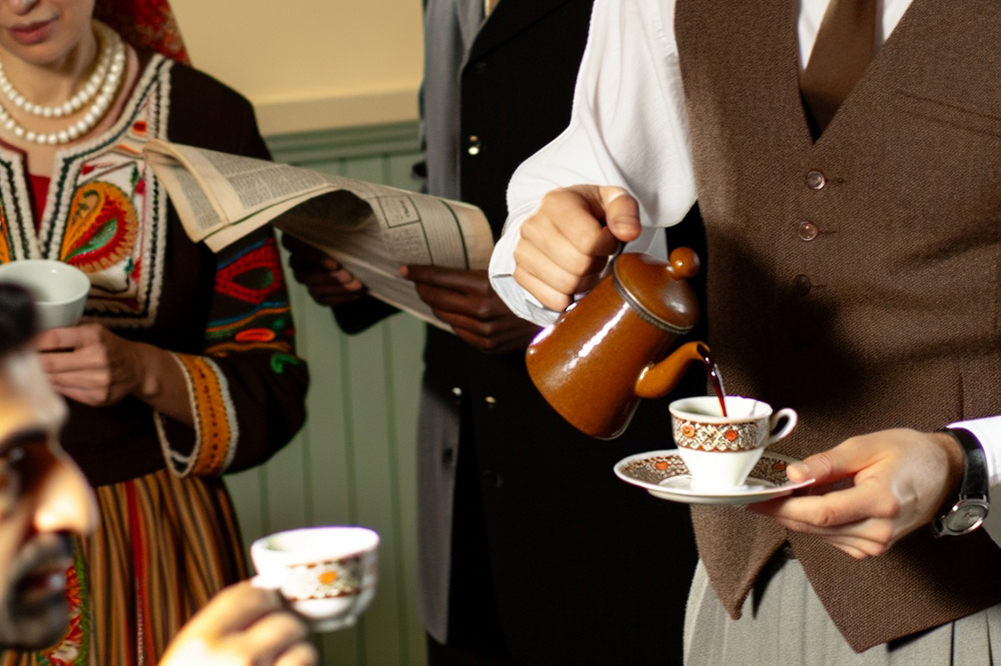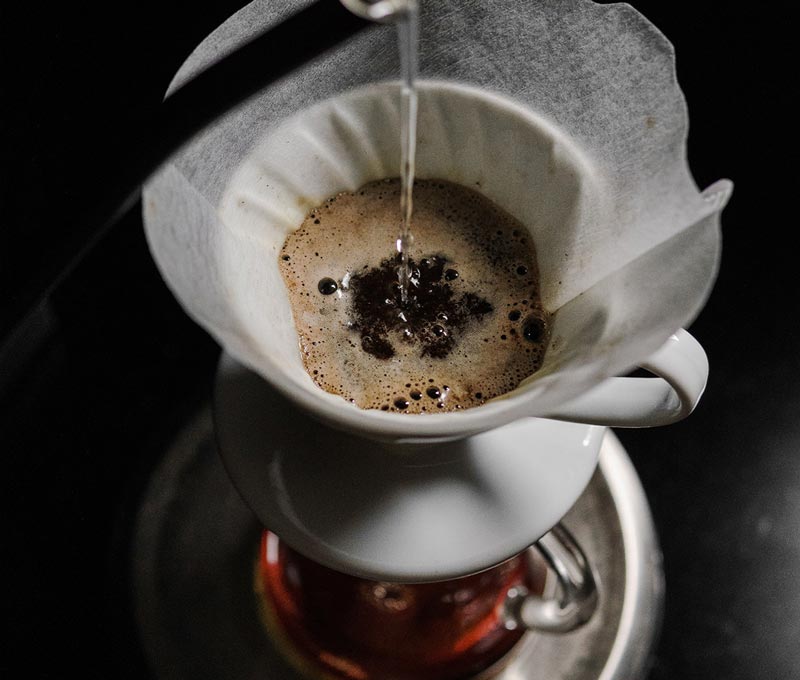Coffee was first discovered in Ethiopia in the 9th century. It was in Yemen in the 15th century that the first plantations appeared. Over the next two centuries, coffee cultivation spread throughout the Arab world, Europe and America. However, it was not until 1930, during its first wave of popularity, that coffee consumption went global. It was touted as a “popular drink”, accessible to all. The second major wave began in the ’80s with the advent of higher-grade coffees, known as specialty coffees. European influence in coffee tastes has extended worldwide, with popular chains serving espresso coffees.


From 2000 onwards, the market focus became more artisanal. This marked the beginning of the third wave, with its emphasis on quality, diversity, culture and fair trade for producers. At the same time, the industry was going through a crisis, and as a gesture of solidarity, buyers agreed to pay more for green coffee (before roasting) than the prevailing market price.
These connoisseur customers now demand a greater variety of flavours, while upholding their premium quality standards. With growers having observed that certain beans impart stronger aromas, they began offering them in smaller quantities. This is how the industry came up with the idea of micro lots to help frame and promote this emerging offer on the marketplace.
Micro lots are defined by specific plots of land, particular bean varieties and the way in which they are originally prepared. Almost without exception, micro lots are grown on land at higher altitudes, as coffee development thrives in a higher environment.
Harvesting takes place when the fruit reaches maturity. After being collected by hand, the cherries are sorted to remove any defective ones, and are then prepared and dried according to the chosen method: natural, honey, washed or anaerobic. It’s the controlled fermentation (via the chosen method) that gives the resulting coffee beans those sweet, fruity, sugary or full-bodied flavours… a full palate experience comparable to tasting fine wines!
Various methods for drying coffee

Micro lots make it possible to trace the country of origin, plantation, terroir and variety of coffee bean. This system is also more equitable for coffee growers. Their more satisfactory incomes encourage investment fostering the development of sustainable and innovative practices, giving them greater autonomy.
Has this overview of coffee history inspired you to try one of our micro lot coffees from Costa Rica, Guatemala, Kenya or Nicaragua?
Discover our micro lotsCome see us at Brûlerie des Monts and enjoy an exceptional coffee experience!




